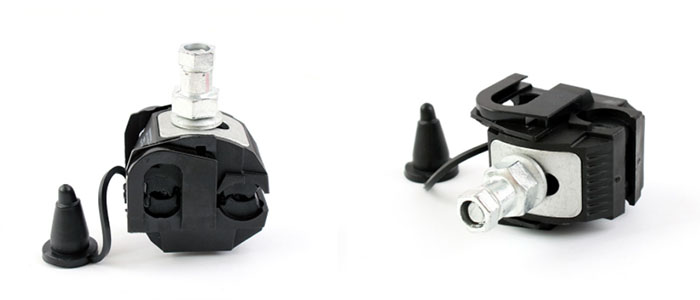
An insulated pricing clamp is a tool used in electrical work to make electrical connections. It does this without the need for to strip insulation from wires. It is also known as an insulated piercing connector (IPC). Insulated piercing clamp consists of a clamp mechanism with a sharp piercing tip and insulated handles. The clamp positions around the insulated wire while the piercing tip penetrates the insulation. The piercing tip makes contact with the conductor o establish an electrical connection. The clamp creates tap connections on overhead transmission lines. This makes them quick, efficient and reliable way to add branches to existing power lines. insulating piercing clamps work in applications where traditional methods are not practical. These applications include telecommunications, automotive repair and electrical installations.
Benefits of using insulated piercing clamp
Use of insulated piercing clamp offers a tool for efficient, reliable and safe connections. Using this clamp ensures efficiency, convenience, safety and versatility. This makes them a valuable tool in various electrical applications. The following are the benefits of using insulated piercing clamps.
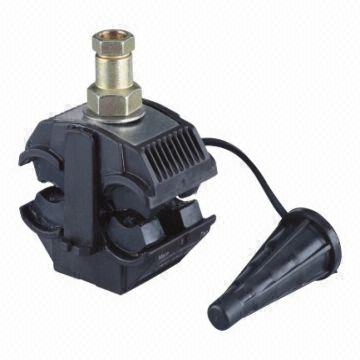
- Reliability – the clamps create secure and reliable electrical connections. They ensure good conductivity and helps maintain continuity in electrical circuits.
- Safety – the clamp has insulated handles that provide protection against electric shock, enhancing safety for the user. They reduce the risk of accidents and injuries during electrical work.
- Preservation of insulation – they preserve the integrity of the wire’s insulation. This is because they do not need insulation from wires. This helps reduce the risk of electrical tasks and projects.
- Time-saving – the clamps allow for quick and easy connections without the need to strip insulation from wires.
- Versatility – the connectors can work with a wide range of wire sizes and types including solid and stranded conductors. This makes them suitable for various electrical tasks and projects
- Temporary connection – they have the ability to create reliable connection without permanent damage to the wiring.
How to select insulated piercing clamp
Insulated piercing clamps apply in different applications in the fields. You should consider several factors before choosing the best clamp for your applications. Different manufacturers produce different types for clamps and specifications for different applications. Additionally, it is advisable to consult with industry professionals for guidance on the best IPC. The following are the factors to consider factors when choosing the best clamps.
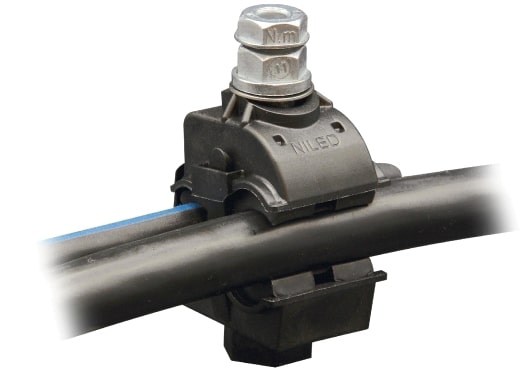
- Application – determine the specific applications for which you need the insulated piercing clamp. Consider factors such as overhead, voltage level and the purpose of the connection.
- Compatibility – ensure that the piercing clamp is compatible with the type and size of the power line you are working with. Consider the material, diameter and insulation thickness. This helps to ensure proper fit and secure connection.
- Electrical rating – check the electrical rating of the insulated piercing clamp like voltage and current capacity.
- Quality and reliability – choose a high-quality insulated piercing clamp from a reputable manufacturer. They should be from durable and reliable materials to ensure long term resistance to environmental factors.
- Ease of installation – consider features such as user-friendly mechanisms. They aid in opening and closing the clamp and clear alignment indicators.
- Compliance of standards – the clamps should meet the relevant industry standards and regulations for electrical installations. They provide assurance of quality, safety and compliance with legal requirements.
- Manufacturer support – consider the technical support, documentation and warranty provided by the manufacturer.
- Cost – check the cost-effectiveness of the insulated piercing clamp while considering its quality, features and performance.
- Current rating – consider the greatest current rating of the insulated piercing clamp. This is to ensure it handles the electrical load.
Safety practices to installing insulated piercing connectors
The installation process can be a tedious process when it comes to insulated piercing clamps. It is a good idea to follow the manufacturer’s instructions and any applicable electrical codes. Also, it is advisable to consult a qualified electrician or professional for help to ensure a safe and reliable installation. The following is a step-by-step installation process of the insulated piercing clamps.
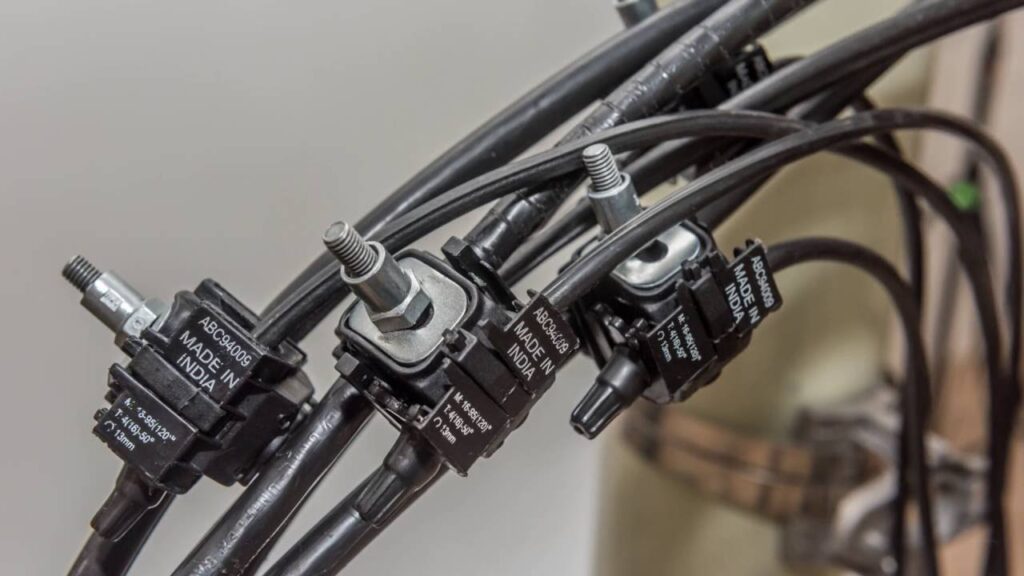
- Preparation – this process includes gathering the necessary tools and equipment. These include clamps, connectors and other materials.
- Safety precautions – ensure personal protective equipment and taking necessary precautions. This is to prevent electrical hazards and failures.
- Selecting the installation location – identify the appropriate location on the power line to install the insulated piercing clamp. Factors include accessibility, clearance requirements and proximity to the intended connection points.
- Cleaning and preparation – this include the part of the power line where the clamp will attach. Remove any dirt, grease or debris that could interfere with the connection.
- Opening the insulated housing – this process exposes the piercing blade inside. It follows the manufacturer’s instructions for opening the clamp.
- Positioning and alignment – position the clamp onto the power line aligning the piercing blade with the desired insertion point. Ensure the blade aligns parallel to the direction of the conductor inside the power line to achieve a clean and effective puncture.
- Closing and tightening – close the insulated housing of the clamp securing it in place around the power line. Use the appropriate tightening mechanism to fasten the clamp.
- Sealing and insulation – apply any sealing components like rubber gaskets or heat shrink tubing. This helps to protect the connection point from moisture, dirt and other environmental factors.
Maintenance practices for piercing connectors
Maintenance of an insulated piercing ensures the ongoing reliability and safety of electrical connections. Regular maintenance and inspection help identify potential issues early and prevent unexpected failures. Additionally, you should follow the manufacturer’s guidelines for maintenance procedures. The following is a basic guide on how to perform maintenance and inspection on an IPC.
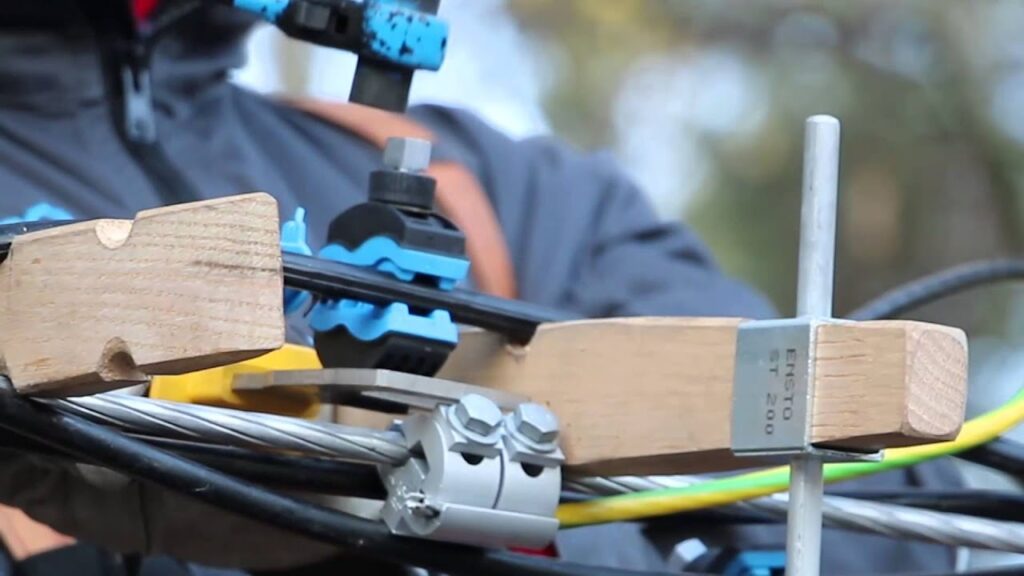
- Establish a regular schedule for checking IPC. It depends on factors such as environmental conditions, usage and the criticality of the installation.
- Inspect the IPC for signs of damage, wear or corrosion. Check for cracks, degradation or any signs of wear that could compromise its effectiveness.
- Inspect any sealing components for integrity and ensure the seals are not cracked, deteriorated or missing.
- Verify that the contact blade is properly aligned and clamped onto the conductor. Ensure that the clamping mechanism functions as intended to allow for secure attachment.
- Check for any signs of corrosion on the IPC’s metal parts which can compromise the clamps conductivity and structural integrity.
- Assess the IPC’s exposure to environmental conditions such as weather, humidity and temperature changes.
- Maintain detailed records of each inspection including date, location observations and any actions taken.
- Clean the IPC as needed to remote dirt, debris or contaminants that could affect its performance or insulation.
- Replace any clamp with signs of wear, damage or deterioration to ensure the continued reliability
Application areas of insulated clamp
Insulated piercing clamps offer a versatile and non-destructive method for tapping into power lines. They allow for easy installation and modification of electrical connections. Insulated piercing clamps provide a flexibility in expanding power distribution systems. They enable the integration of extra circuits, equipment and monitoring devices. The following are the various applications of the insulated piercing clamps.
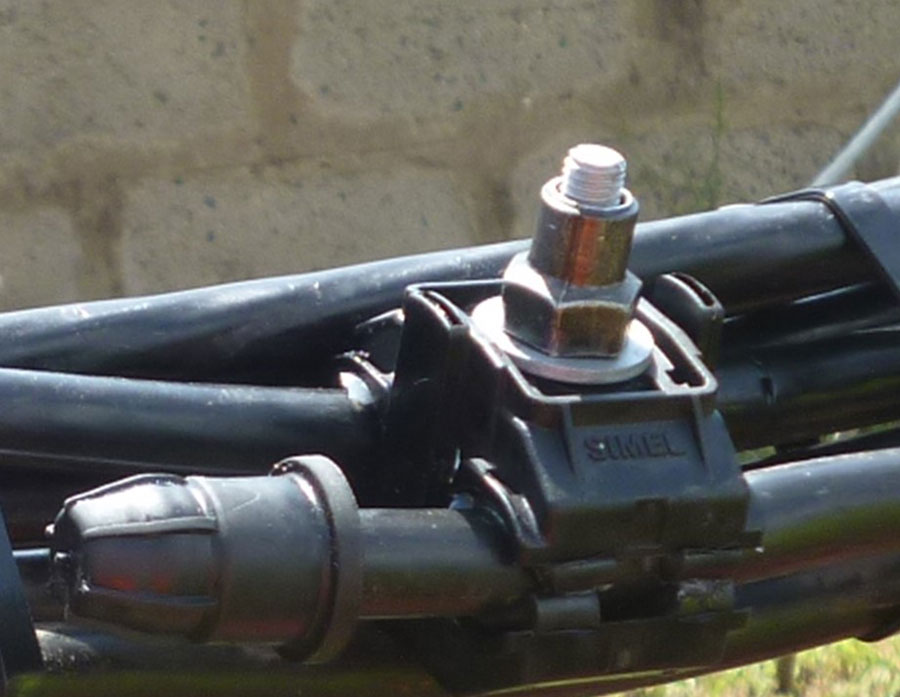
- Street lighting – street lighting systems connect to power lines using insulated piercing clamps. The clamps provide a secure connection point for the street lighting circuits. This allows allowing for efficient and reliable illumination.
- Secondary line installations – the clamps tap into existing power lines and create connection points for secondary lines. Secondary lines help in distributing power to extra buildings, installations or equipment.
- Temporary installations – insulated piercing clamps help to create temporary connections to power sources. These include setting up power supply for outdoor events, construction sites to power sources.
- Metering and monitoring – the clamps install electrical meters and monitoring devices onto power lines. The clamps allow for accurate measurement of power consumption of electrical parameters. These may include features such as voltage, current and power quality.
- Communication and signaling – insulated piercing clamps can tap into power lines for the installation of communication and signaling equipment. They include devices like telecommunication lines, data transmission equipment and traffic signal systems.
- Fault detection and repair – the clamps are sometimes used in fault detection and repair processes by tapping into power lines at specific points.
Frequently asked questions
An insulated piercing clamp is tool used in electrical work to make electrical connections without need to strip insulation from wires. It consists of a clamp mechanism with a sharp piercing tip and insulated handles.
The benefits of using insulated piercing clamps include time-saving, convenience, preservation of insulation, versatility, safety, reliability and suitability to temporary connections.
Insulated piercing clamp works by clamping around the insulated wire and uses a screw to pierce the insulation. This establishes an electrical connection without exposing the wire.